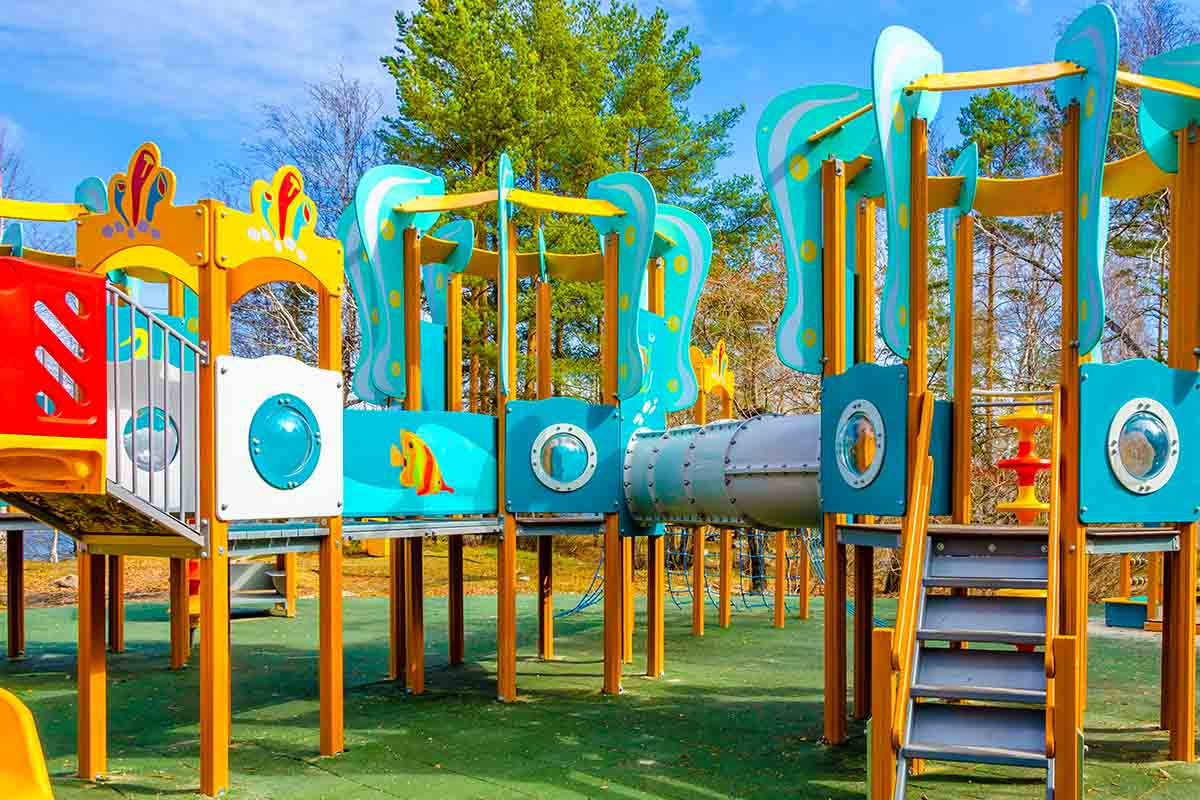The past thirty years have seen remarkable progress in the grand tapestry of recreational surfaces. Revisit those times, and you’d find concrete and asphalt surfaces holding the fort, their sturdiness an undeniable asset for many sports.
Fast forward to today, and it’s like witnessing a time-lapse of evolution. Concrete and asphalt surfaces haven’t been left in the dust, though. Instead, they’ve risen to the challenge, redefining themselves to offer improved safety and performance for athletes.
How Recreational Surfaces Have Changed: Harnessing the Potential of Concrete and Asphalt
Three decades back, concrete and asphalt were the go-to choices for outdoor sports surfaces. These surfaces had their charm. They were tough, reliable, and resilient against various weather conditions.
However, that’s not to say these surfaces haven’t evolved for information on how to speak with Mcconnellassociates.org. In summary, the advancements in technology and design mean today’s concrete and asphalt surfaces are far from their predecessors. They’ve held their ground, metamorphosing to suit the ever-changing sports landscape. Smart Surfaces and Technological Leap
Technology leaps influenced every aspect of our lives, including sports flooring. Designers began to incorporate innovative technology into the flooring materials.
Imagine floors that can measure impact forces or monitor player movements. Some of these smart surfaces could even generate electricity! Add to that the advent of modular sports flooring – surfaces that were easy to install and maintain, offered superior performance, and even allowed customization based on sport-specific needs.
Going Green with Flooring
As the world pivots towards environmental consciousness, recreational surfaces are included. Manufacturers started taking note of the environmental impact of their products. They began to use recycled and recyclable materials to reduce their carbon footprint.
Not just that, they started making products that lasted longer. Fewer replacements meant lesser wastage, a win-win for the environment and the wallet.
Recreational Surfaces and Athletes’ Performance and Safety
Safety and performance have always been the main driving forces behind transforming recreational surfaces. The shift from concrete and asphalt to softer, forgiving materials has been primarily motivated by the need to protect athletes from serious injuries.
Early sportspeople often bore the brunt of these hard, unforgiving surfaces, with knee and ankle injuries all too common. The advent of modern surfaces marked a turning point in this narrative.
Advances in technology have further enhanced athlete safety and performance. Smart surfaces can now measure impact forces and monitor player movements. They can provide real-time feedback, allowing adjustments to prevent injuries and improve performance.
A Paradigm Shift for Children’s Playgrounds
In the narrative of recreational surfaces, children’s playgrounds hold a chapter all their own. Over the last thirty years, playground surfaces have moved away from hard, injury-prone materials like asphalt and concrete towards safer, more child-friendly options.
Once upon a time, scraped knees and bruised elbows were a rite of passage for every child at the playground. Fast forward to today, and that’s a tale that can be left in the past. Safety is at the forefront of modern playground design, driving a shift towards softer, shock-absorbing surfaces.
Enter the era of engineered wood fiber, rubber tiles, and poured-in-place surfaces. Made from virgin wood, engineered wood fiber provides a natural look while offering good fall protection. On the other hand, rubber tiles and poured-in-place surfaces provide excellent shock absorption, minimizing the risk of severe injuries from falls.
The Crystal Ball – What Does the Future Hold?
It’s hard to guess what the future holds for recreational surfaces. Still, one can imagine more integration of smart technology. What if surfaces could change their properties based on the sport being played or the weather conditions?
Reflecting on the evolution of recreational surfaces, it’s clear that the transformation isn’t skin-deep. It’s about creating safer spaces for athletes, enhancing performance, integrating smart technology, and embracing sustainability.
Today’s sports surfaces are light-years ahead of what they were three decades ago. They’ve moved from raw cement and asphalt to smart, adaptive, and eco-friendly surfaces. This has benefitted children in playgrounds due to the surfaces’ absorbent quality, to sportspeople that now experience fewer injuries.
How recreational surfaces have changed: the final word
In the past thirty years, recreational surfaces have transformed radically; given the trends, they will likely continue evolving.
For facilities managers, it’s crucial to keep abreast of the latest developments. The choices made today could significantly impact player experiences, safety, and even the environment in the future.
With so many advances, there’s always something new to look forward to in recreational surfaces. The future sure looks bright and thrilling. Here’s to embracing change and moving with the times!




















